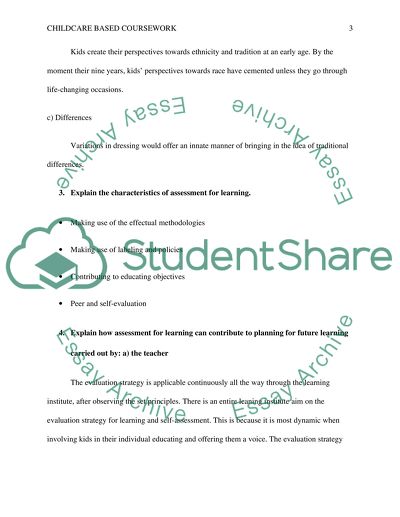Cite this document
(“Behavior Problems: The Relationship between children and teachers Coursework”, n.d.)
Behavior Problems: The Relationship between children and teachers Coursework. Retrieved from https://studentshare.org/education/1596756-behavior-problems-the-relationship-between-children-and-teachers
Behavior Problems: The Relationship between children and teachers Coursework. Retrieved from https://studentshare.org/education/1596756-behavior-problems-the-relationship-between-children-and-teachers
(Behavior Problems: The Relationship Between Children and Teachers Coursework)
Behavior Problems: The Relationship Between Children and Teachers Coursework. https://studentshare.org/education/1596756-behavior-problems-the-relationship-between-children-and-teachers.
Behavior Problems: The Relationship Between Children and Teachers Coursework. https://studentshare.org/education/1596756-behavior-problems-the-relationship-between-children-and-teachers.
“Behavior Problems: The Relationship Between Children and Teachers Coursework”, n.d. https://studentshare.org/education/1596756-behavior-problems-the-relationship-between-children-and-teachers.


